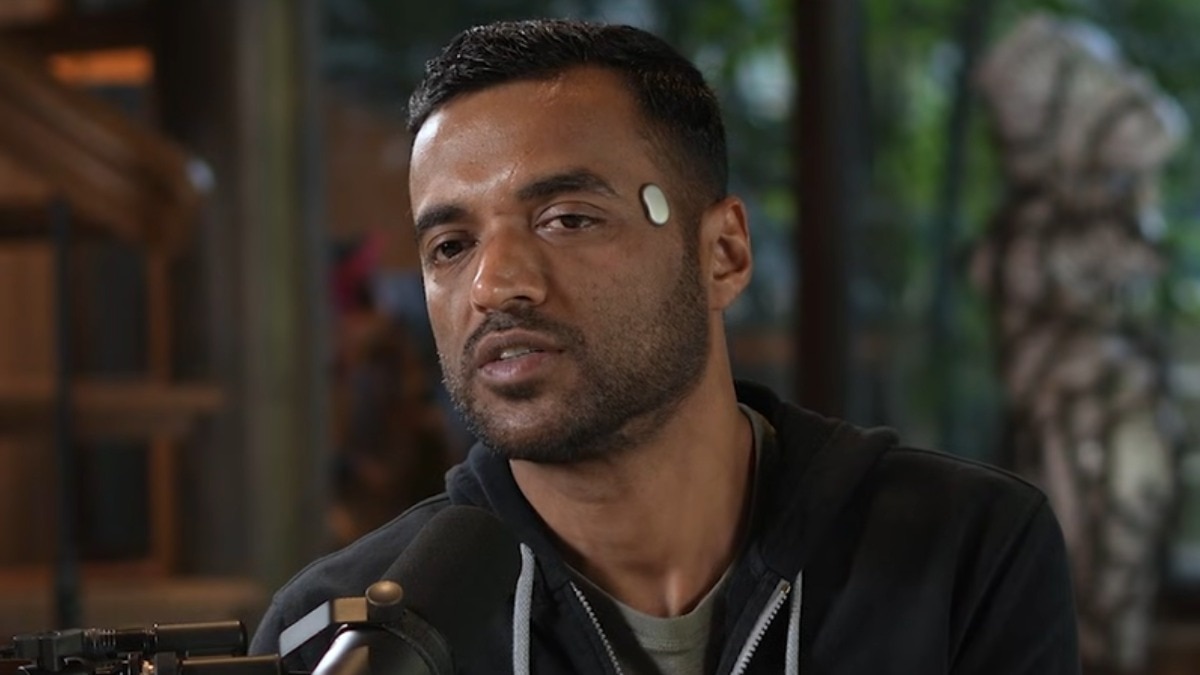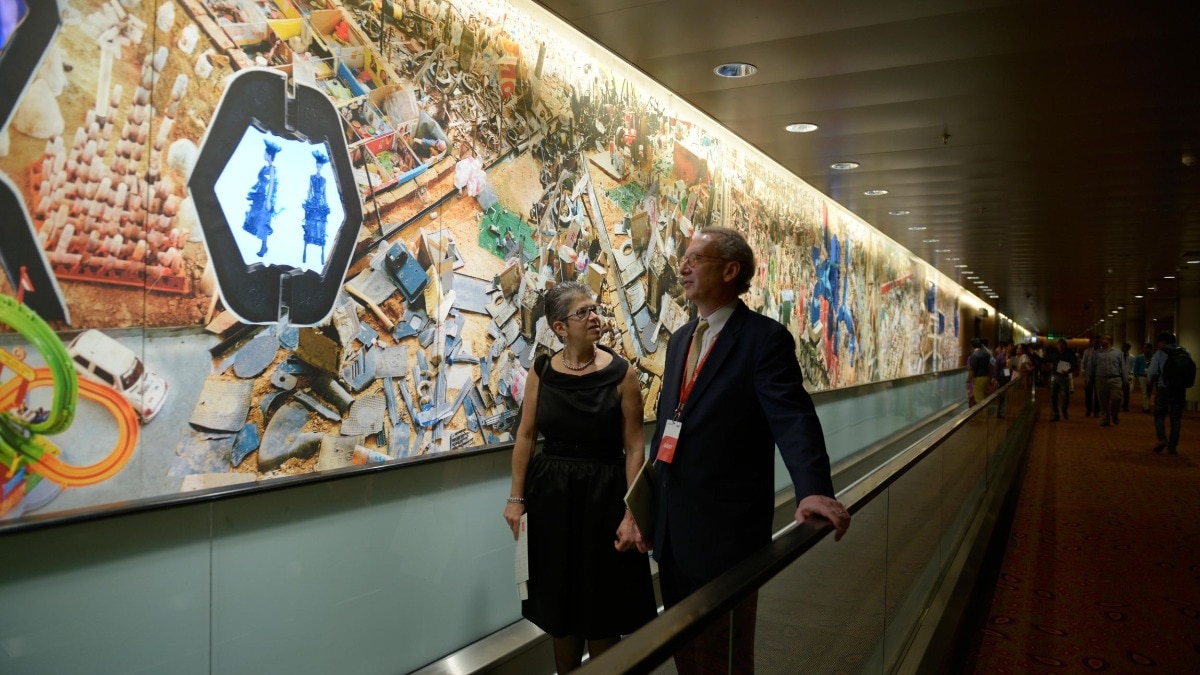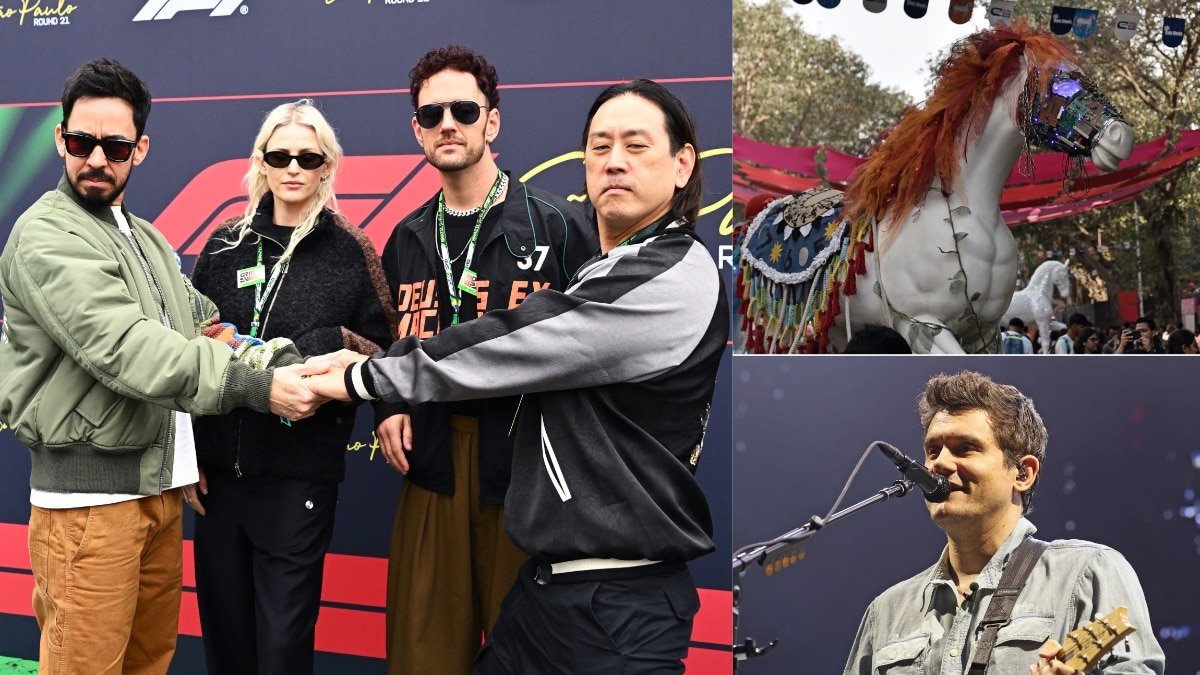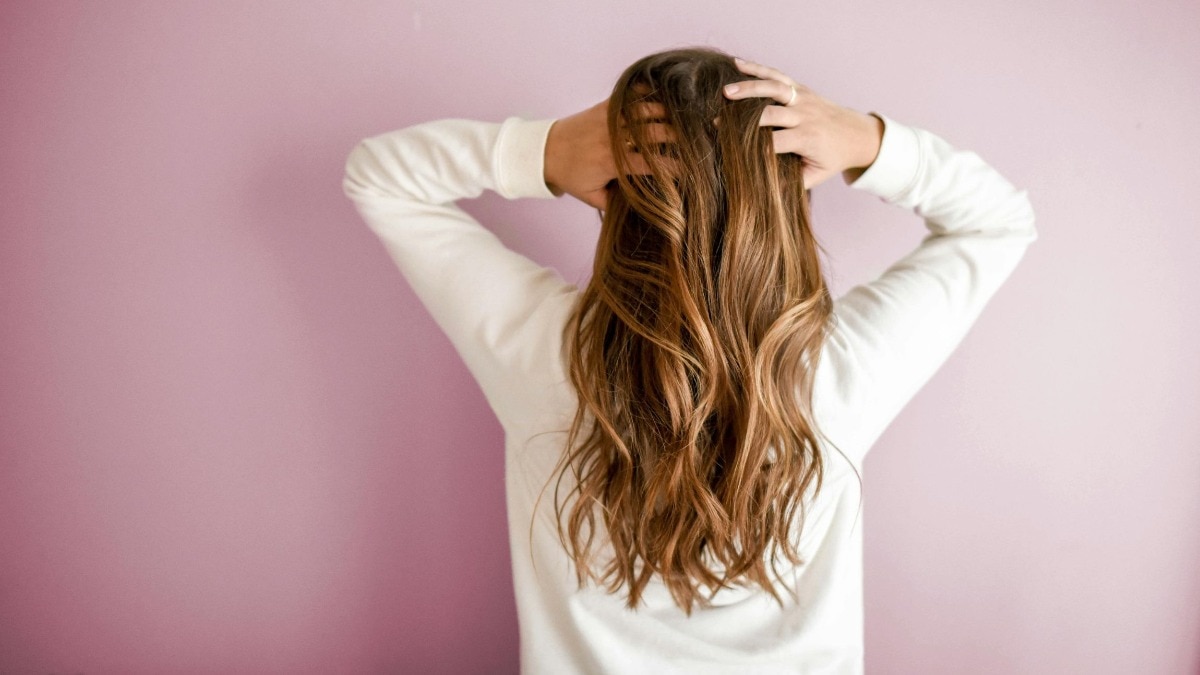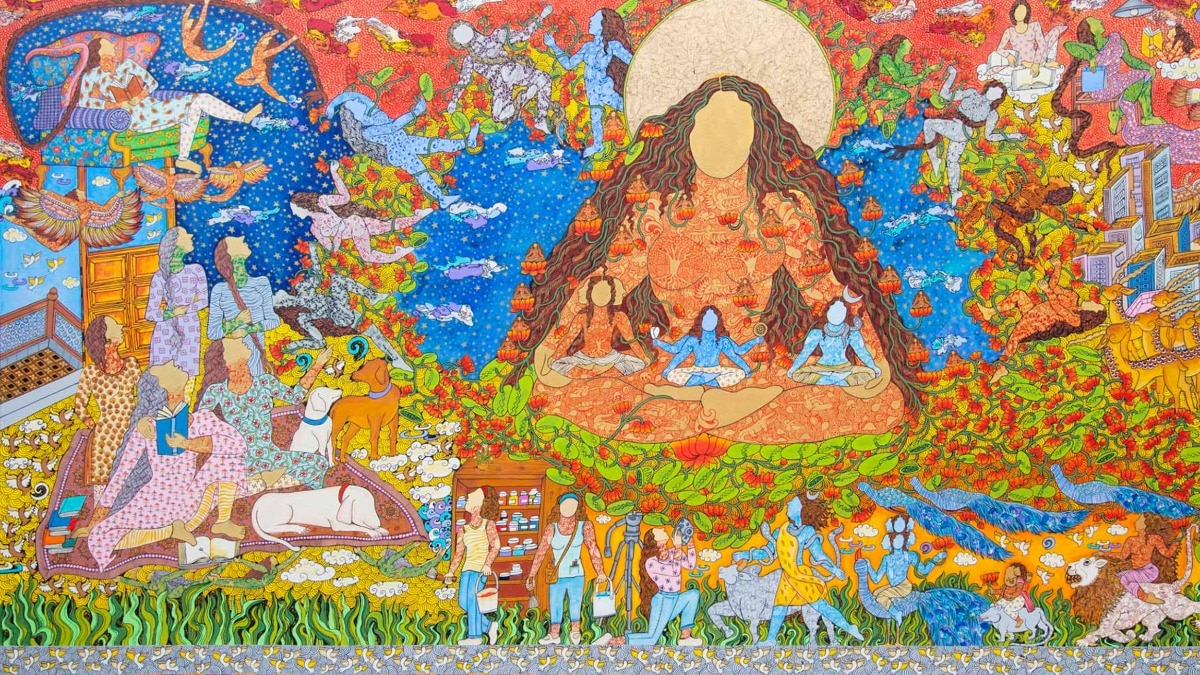
Have we taken front row fashion too far?
Let's dig up the drama around dressing up to watch a fashion show.

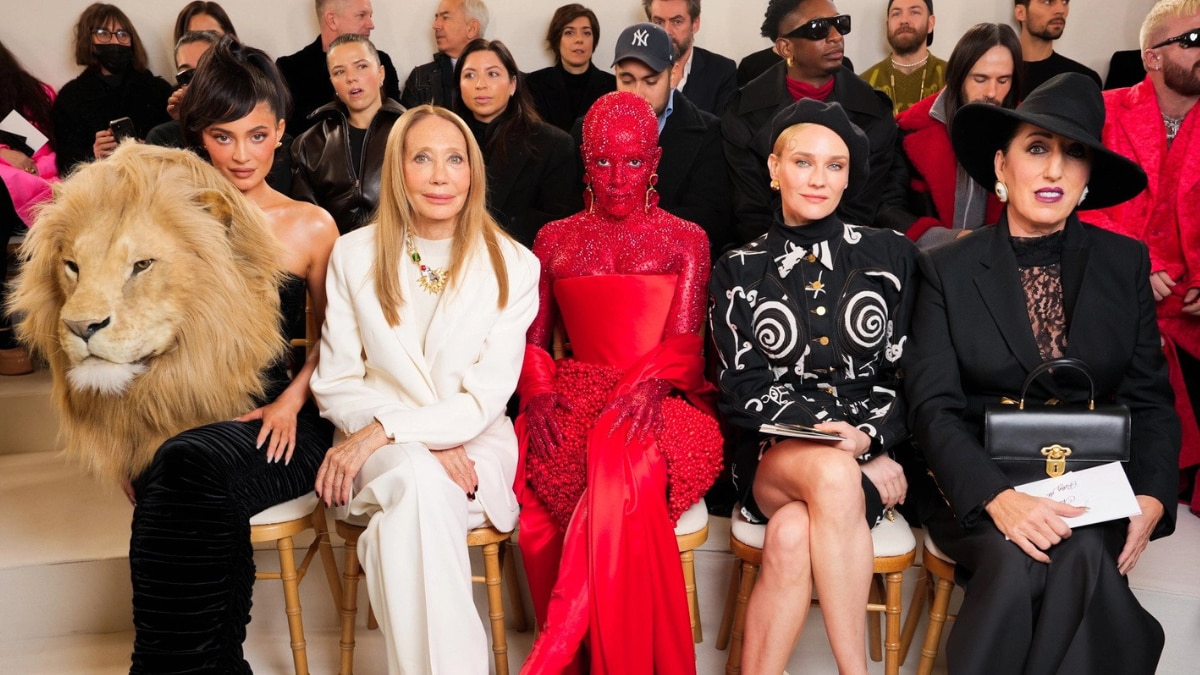
When it comes to fashion presentations, ramps aren’t the only place where looks are served—a lot of the sartorial action, in fact, takes place off the runway. Pre-Instagram, this was all about impossibly cool, uniquely curated looks that would probably land you a feature on a street style blog (remember photographer Manou’s blog ‘Wearabout’?). Now it’s all one highly orchestrated photo-op—with content and social media flexing (by way of being dressed head-to-toe in the brand whose show you’re attending) taking precedence.

The emergence of more players being considered the new insiders has drastically changed the landscape of the traditional front-row. It’s not uncommon for the scene to now include anarkali and lehenga-clad attendees who are dressed enough to hop to a sangeet after the show. “It may be a bridal couture show, but what is the purpose of a lehenga on the front row? It’s odd. You’ll never see the real industry insiders in OTT looks,” says Shweta Kapur of the label 431-88.
“A decade ago, attendees would dress in their own unique take on current trends. It wasn’t about ‘engagement’ or ‘likes’. No one was attending daytime fashion shows in gowns,” she carries on. “Street style is dead. It’s become a game of optics and social media eyeballs now. The charm of authentic voices is missing,” agrees celebrity and fashion stylist Divyak D’Souza.

It’s understandable that a fashion show is a branding exercise, a chance for the designer to showcase their universe. “There’s nothing wrong with that. But the PR machinery has been on overdrive of late. When manufactured content becomes the key focus, it can dilute the show’s environment,” adds D’Souza. Kapur feels, in this attempt to show the world their “tribe”, the front-row ends up looking aesthetically confused, with some who take it too far and others who are more casual. “I would rather designers enforce a dress code so the crowd is uniformly dressed,” she advices.

That influencers are the new socialites is undeniable. No brand wants to be left behind in reaching their new-age audience. For influencers, fashion week is a playground for building new material and relationships. So far, so good. The mismatch occurs when the entire exercise is treated merely as content creation without factoring in the occasion-appropriateness of certain looks.

Content creator Trishala Sikka of Love and Other Bugs agrees that influencers today are taking fewer risks than before, but explains the mixed bag of reasons for this: “Our priority is our content, and the audience loves seeing the BTS of getting ready for shows in elaborate looks. Moreover, every influencer has their own vibe—they dress based on the aesthetic they are known for.” Sikka also adds the freedom to mix-and-match sourced pieces as it once was is limited in the face of new PR and brand mandates today. “One also needs to understand that our images in that head-to-toe look are used beyond just our Instagram pages, such as on the designer’s social media feed plus e-commerce platforms retailing those looks. It’s our responsibility to deliver on the scope of these collaborations.”

Is there a way around it? “Perhaps, a dedicated social media section to create content, giving the same influencers the liberty to dress as they like for the actual show,” suggests D’Souza. “Or make that Reel post-show with your favourite runway looks instead. On the day of, prioritise making the look cooler, and mix it with your own pieces,” adds Trishala. Wear the floor-length couture jacket, but with jeans. That sari, but with a crisp white shirt. Heavy traditional jewellery, but with a pared-down look. If it’s a head-to-toe look by a label, pick one that’s not a misfit in the given setting. A return to the mindset that prioritises a showcase of style—and not the clout of collaborations—as the real hero can bring back the excitement to front-row looks.





